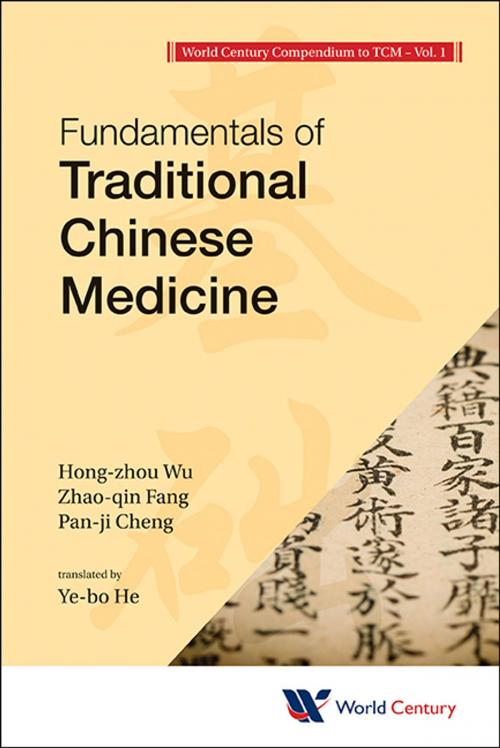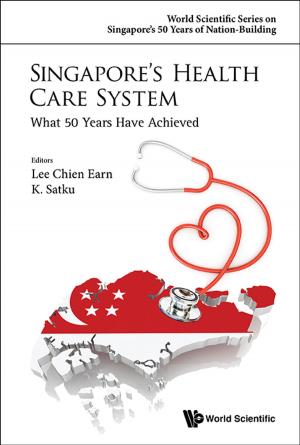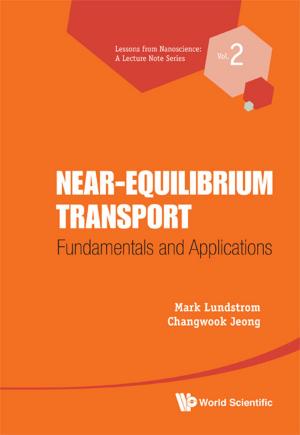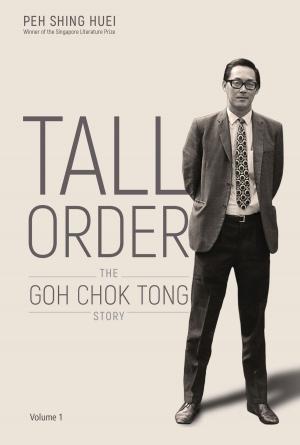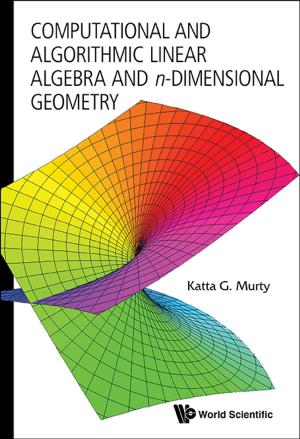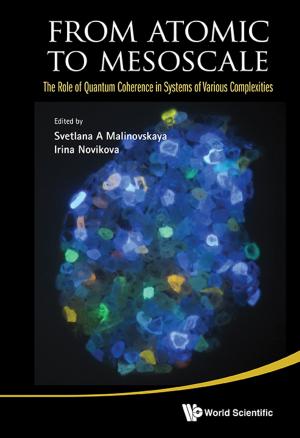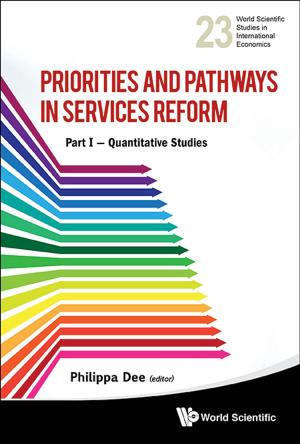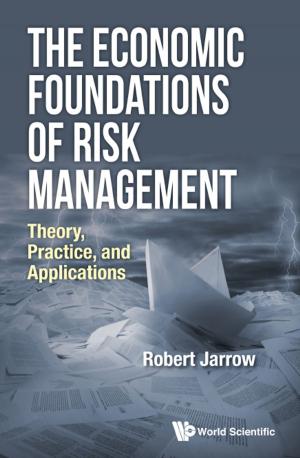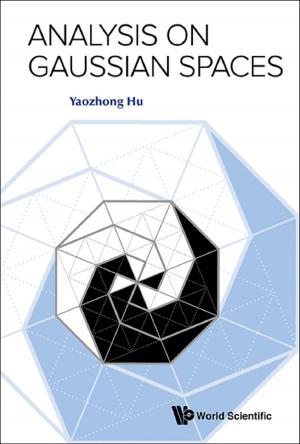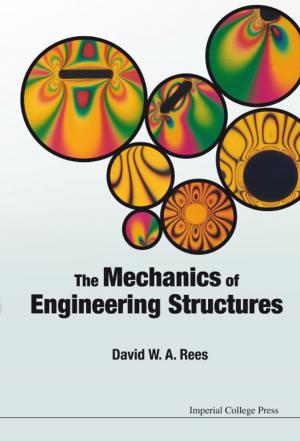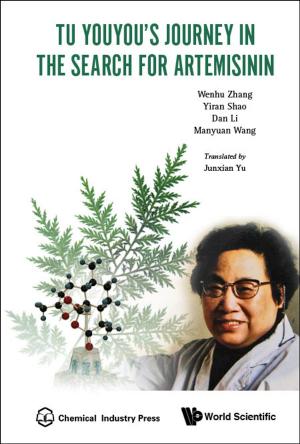World Century Compendium to TCM
Volume 1: Fundamentals of Traditional Chinese Medicine
Nonfiction, Health & Well Being, Medical, Alternative & Holistic Medicine, Alternative Medicine, Religion & Spirituality, New Age| Author: | Hong-Zhou Wu, Zhao-Qin Fang, Pan-Ji Cheng;Ye-bo He | ISBN: | 9781938134302 |
| Publisher: | World Scientific Publishing Company | Publication: | July 26, 2013 |
| Imprint: | WCPC | Language: | English |
| Author: | Hong-Zhou Wu, Zhao-Qin Fang, Pan-Ji Cheng;Ye-bo He |
| ISBN: | 9781938134302 |
| Publisher: | World Scientific Publishing Company |
| Publication: | July 26, 2013 |
| Imprint: | WCPC |
| Language: | English |
Traditional Chinese medicine (TCM), with a history of thousands of years, is the crystallization of the ancient Chinese's experiences in their struggle against diseases. It is also an integral part of the Chinese's splendid culture. Under the influence and direction of classic Chinese philosophies, it has undergone long-term medical practice and infiltrated into, as well as absorbed from, other subjects in that point in time, thus gradually evolving into a unique medical theoretical system that contributed and is still contributing significantly to the healthcare of the Chinese and the prosperity of the Chinese nation.
The basic theories of TCM are the theoretical foundations for guiding traditional Chinese preventive medicine and clinical medicine, and encompass aspects such as the philosophical foundation for TCM, understanding the effects of TCM on the physiology and pathology of the human body, and the principles in TCM for life cultivation, rehabilitation, diagnostics, and therapeutics. In this sense, the basic theories are regarded not only as an important part of TCM, but also as a compulsory course fundamental to the study and research of TCM.
This book is compiled to allow the majority of readers to understand the theory of TCM and its methods of diagnosing and treating diseases in a relatively short period of time. It provides a brief introduction to the basic characteristics and theory of TCM, and a detailed schedule of learning commonly occurring diseases and patterns and their estimated 60 corresponding prescriptions. This is a great attempt in initiating more people to understand and apply the theory of TCM to diagnose and treat common diseases and provide corresponding formulas.
Contents:
- Introduction
- The Theory of Essence, Qi and Spirit
- The Theory of Yin and Yang
- The Theory of Five Elements
- The Theory of Visceral Manifestation
- Qi, Blood, and Body Fluid
- The Theory of Meridians and Collaterals
- Body Constituents, Sensory Organs and Orifices
- Etiology and Nosogenesis
- Pathogenesis
- Life Cultivation, Therapeutic Principles and Methods
Readership: Medical professionals, both Western medical doctors and TCM practitioners, particularly those practicing in Australia, Europe and America; Chinese medicine educators, clinical and basic Chinese medicine researchers and health science students (particularly Chinese medicine students); herbalists, gerontology researchers, nutritionists, public health specialists (health policy departments in ministries of health and universities); professionals at the World Health Organization and affiliated institutions, and pharmaceutical companies; librarians of TCM professional associations and teaching institutes and the lay reader who either wants to gain general knowledge or wishes to understand how TCM can help a friend, relative or loved one.
Traditional Chinese medicine (TCM), with a history of thousands of years, is the crystallization of the ancient Chinese's experiences in their struggle against diseases. It is also an integral part of the Chinese's splendid culture. Under the influence and direction of classic Chinese philosophies, it has undergone long-term medical practice and infiltrated into, as well as absorbed from, other subjects in that point in time, thus gradually evolving into a unique medical theoretical system that contributed and is still contributing significantly to the healthcare of the Chinese and the prosperity of the Chinese nation.
The basic theories of TCM are the theoretical foundations for guiding traditional Chinese preventive medicine and clinical medicine, and encompass aspects such as the philosophical foundation for TCM, understanding the effects of TCM on the physiology and pathology of the human body, and the principles in TCM for life cultivation, rehabilitation, diagnostics, and therapeutics. In this sense, the basic theories are regarded not only as an important part of TCM, but also as a compulsory course fundamental to the study and research of TCM.
This book is compiled to allow the majority of readers to understand the theory of TCM and its methods of diagnosing and treating diseases in a relatively short period of time. It provides a brief introduction to the basic characteristics and theory of TCM, and a detailed schedule of learning commonly occurring diseases and patterns and their estimated 60 corresponding prescriptions. This is a great attempt in initiating more people to understand and apply the theory of TCM to diagnose and treat common diseases and provide corresponding formulas.
Contents:
- Introduction
- The Theory of Essence, Qi and Spirit
- The Theory of Yin and Yang
- The Theory of Five Elements
- The Theory of Visceral Manifestation
- Qi, Blood, and Body Fluid
- The Theory of Meridians and Collaterals
- Body Constituents, Sensory Organs and Orifices
- Etiology and Nosogenesis
- Pathogenesis
- Life Cultivation, Therapeutic Principles and Methods
Readership: Medical professionals, both Western medical doctors and TCM practitioners, particularly those practicing in Australia, Europe and America; Chinese medicine educators, clinical and basic Chinese medicine researchers and health science students (particularly Chinese medicine students); herbalists, gerontology researchers, nutritionists, public health specialists (health policy departments in ministries of health and universities); professionals at the World Health Organization and affiliated institutions, and pharmaceutical companies; librarians of TCM professional associations and teaching institutes and the lay reader who either wants to gain general knowledge or wishes to understand how TCM can help a friend, relative or loved one.
